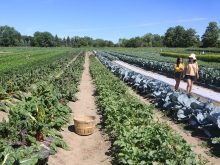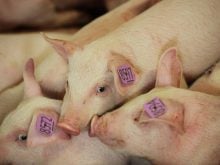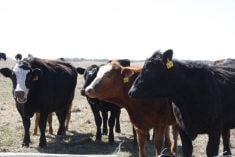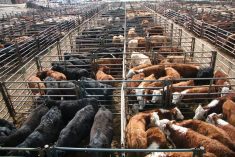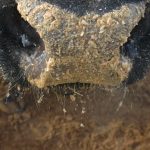Reformed cattle surveillance and animal health rules must be resolved on a North American basis if Canada hopes to regain its beef export markets.
A single case of bovine spongiform encephalopathy in Canada has left the beef business reeling since international trade halted on May 20.
“It is having an economic effect on everybody and everybody has a stake in how it is handled,” said Graham Clark, director of Agriculture Canada’s animal industry branch. He spoke at an international beef congress of officials from Canada, the United States, Australia and Mexico in Calgary July 11. Most of the discussion centred on BSE in Canada and what steps are necessary for recovery.
Read Also
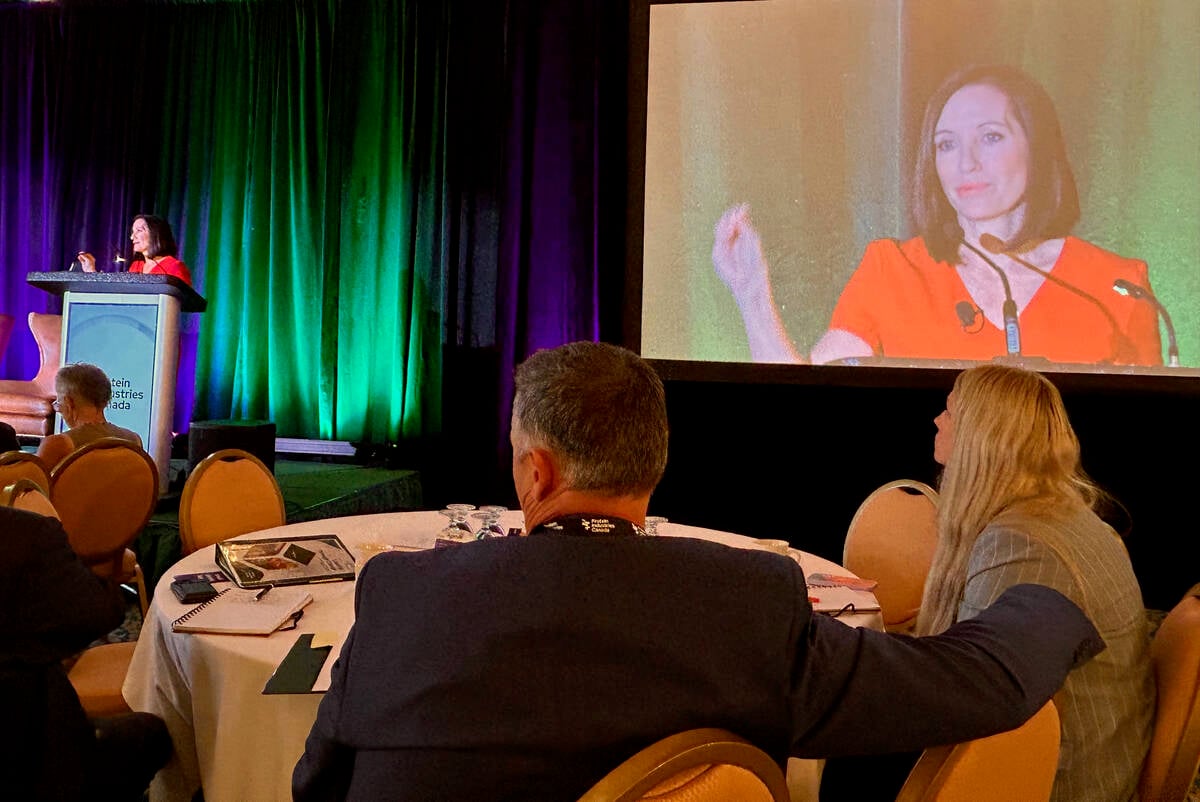
Canada told trade crisis solutions in its hands
Canadians and Canadian exporters need to accept that the old rules of trade are over, and open access to the U.S. market may also be over, says the chief financial correspondent for CTV News.
International standards need to be rewritten to safeguard public health as well as protecting a country’s livelihood during a serious animal disease outbreak, Clark said.
“We need to work very strongly with our United States partners and with Mexico to try and change some international ideas, not only for BSE but other animal disease.”
Twenty years ago some scientists predicted the disease could assume epidemic proportions among humans contacting new variant Creutzfeldt-Jakob disease after eating BSE-contaminated beef. The death toll did not reach the levels predicted. About 130 died, mainly in Great Britain.
Market loss and uncertainty affects all agricultural businesses as they join government to reshape a surveillance system they thought was working.
Canada’s handling of this crisis could be a turning point for the world to respond to a similar disaster, said Dennis Laycraft, executive vice-president of the Canadian Cattlemen’s Association.
“Countries that have similar systems like we do have an opportunity to protect yourselves from the disaster we are going through right now,” he said.
Rule tightening is expected to start on the farm all the way to the final product offered to consumers.
A ban is expected on specified risk materials. These include brains, spinal cords, a portion of the small intestine, tonsils and other nerve tissue where the infective prion may reside. These must be kept out of human and animal food. In Great Britain, no infective prions were ever found in muscle cuts, even among stricken animals.
There has been a ban in Canada on ruminant to ruminant feed since 1997. New rules may extend the ban further and the pork and poultry industries are reassessing the use of these products in their feed supplies.
About 300,000 tonnes of meat and bone meal are produced annually from the rendering process and about 50,000 tonnes of higher risk material must be disposed of properly. This is causing major losses to the formerly profitable rendering sector.
Officials expect that a North American disease surveillance program may be expanded. Suspect animals must be available for testing rather than buried on the farm.
“Our trading partners are going to look at the way we handle surveillance. They are going to want to come and see,” said Clark.
Canada is not likely to implement testing of all animals over 30 months of age even though some trading partners like Japan may demand it.
David Palmer of Meat and Livestock Australia said Japan demanded testing of all Australian cattle entering its market following cases of BSE in Japan in 2001. Australia refused because it had never had a case of BSE and said it would continue to follow standards set by OIE, the world animal health organization.
“Testing can give some confidence but it doesn’t necessarily tell you where the animal got it,” said Palmer. The tests would have cost $90 (Aus) per head.
Canada does not want to test all animals entering the food chain either, but it does plan to improve its traceback program.
Blair Vold, owner of Vold, Jones and Vold livestock auction at Ponoka, Alta., said Canadian auctions are already tightening tagging regulations.
All markets are in the process of being capable of inserting the eartags for a $5 charge plus the cost of the tag.
“There is no ifs or buts about it. It is done,” he said.
The next step is electronic tags and surveillance, starting with the breeding herd.
If officials had known the herd of origin of the single infected cow, the investigation would have been shortened by two weeks, said Laycraft. Fewer animals would have been destroyed and trade could possibly have restarted.
Other countries are at various stages of similar identification systems.
Mexico has been working on a program for five years and eventually plans to provide electronic identification. When Mexican cattle leave their birthplace for the U.S. market, a metal eartag must be attached.
Texas cattle feeder Richard McDonald said Canada’s experience increased the need to improve identification of American cattle but questions remain among producers.
“Why do you want to ID these cattle? Is it for animal health, herd management or beef quality improvement?” he said.
Australia uses a herd identification with a unique eight digit number. A special program exists on 2,300 registered farms that could potentially export cattle to Europe.





